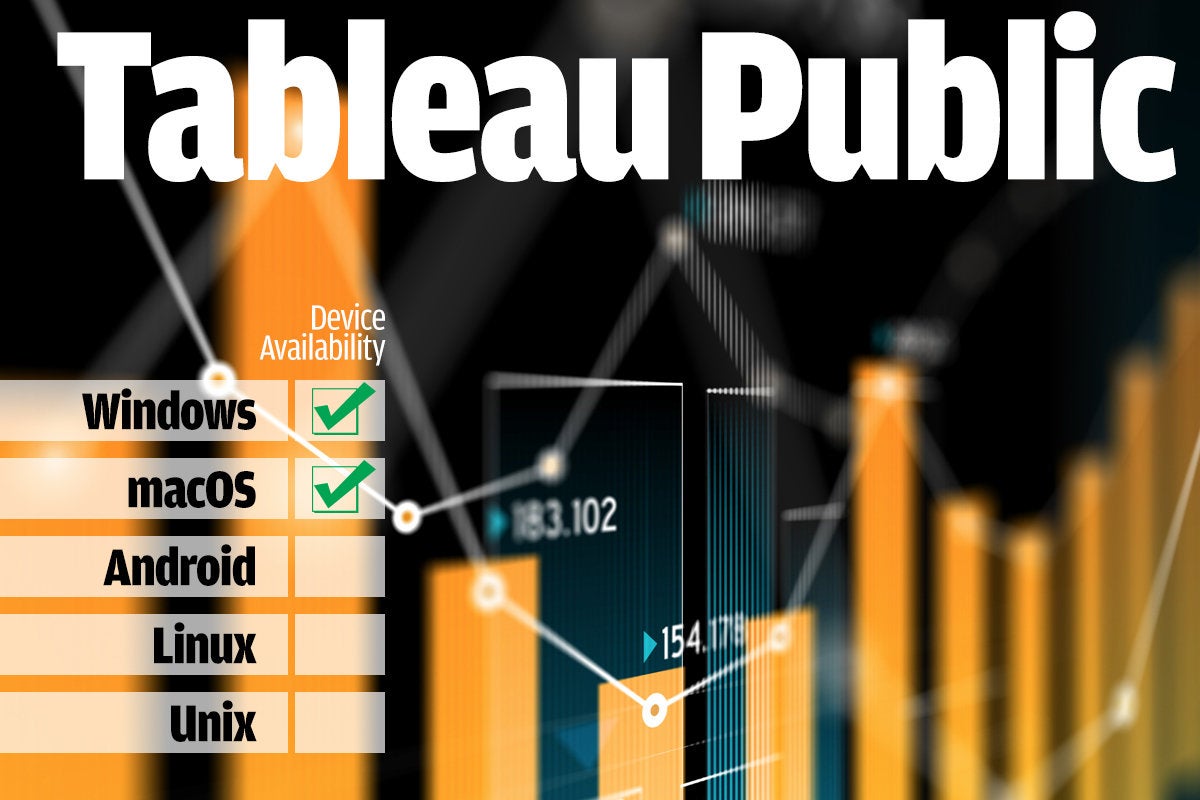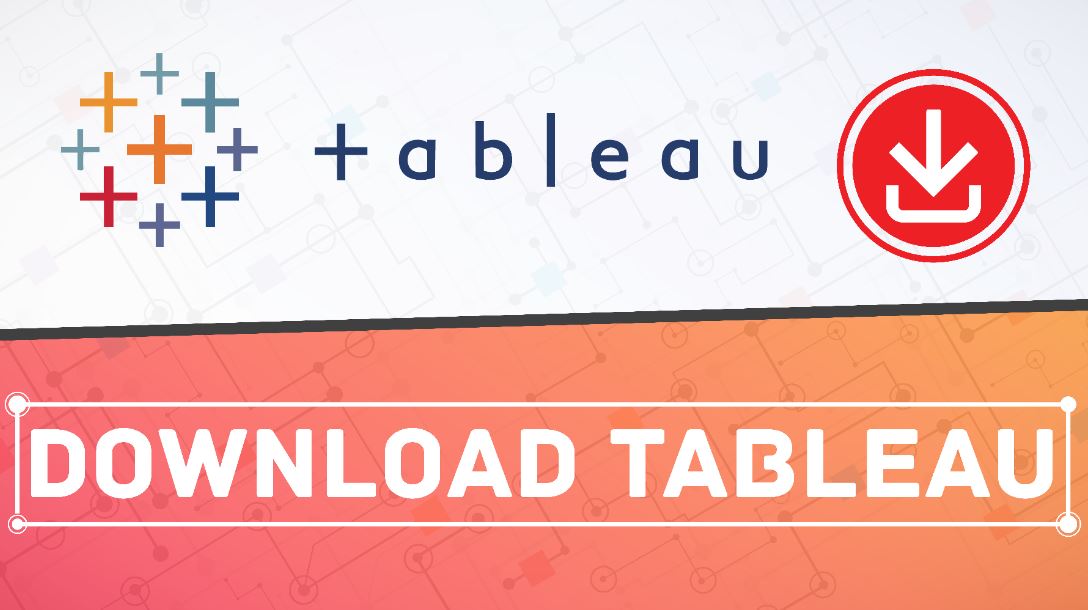
– A metadata document (which shows the packaging format of the data) – The entity sets, functions and singletons that can be retrieved. This URL points to a Service Document, which for OData, exposes two key things: The format of an OData URL is shown below. What would you have to do in order to get your response in a JSON format? OData background We have to add our crede ntials in the tab Authorization (type: Basic Auth ):Īnd if all’s correct, you’ll see the entity-types in the return ed body after pressing you’ll get results: If you try this call now, you’ll get a logon error. We’ll use a standard SAP OData service: /sap/opu/odata/IWBEP/GWDEMO/?$format=xml.

Start Postman, create a Collection to store your tests & calls in, and create your first OData call to test the connection to your backend. If not, try to find it in transaction S MICM –> Go To –> Services. I assume you know the hostname and port number of your SAP installation. If you find that the underlying tables are empty, you can fill them using transaction SEPM_DG. We will use some demo-services and demo-data from SAP. As an alternative you can use Curl ( ), but I will use Postman in this tutorial. Postman is a tool to test & execute HTTP(S) REST calls. Warning: I use standard BP functionality, so only use this tutorial in a test-environment. I’ll start using a tool called Postman so we’ll need to get this tool as the first step. I’ll try to explain what OData is by using calls on existing OData services, and expanding those calls with more options.
TABLEAU PUBLIC ODATA HOW TO
OData services background information and how to test them.


The goal of this document is to get an ABAP developer up and running with understanding and implementing OData services in an SAP ABAP-based backend system. OData is the current default way to communicate with an SAP backend, be it for an (SAPUI5) frontend or any other integration scenario. I still have hopes to create a follow-up with covering the topics expanded and deep entitysets, batches and function imports, but only time will tell if this will happen. I hope you enjoy it and learn something from it. Last week some developers at my current client told me this was still a nice document if you want to start with OData development, so I decided to share it with the community. Some years ago I created a small introduction into OData development for my colleagues at newFounders.


 0 kommentar(er)
0 kommentar(er)
